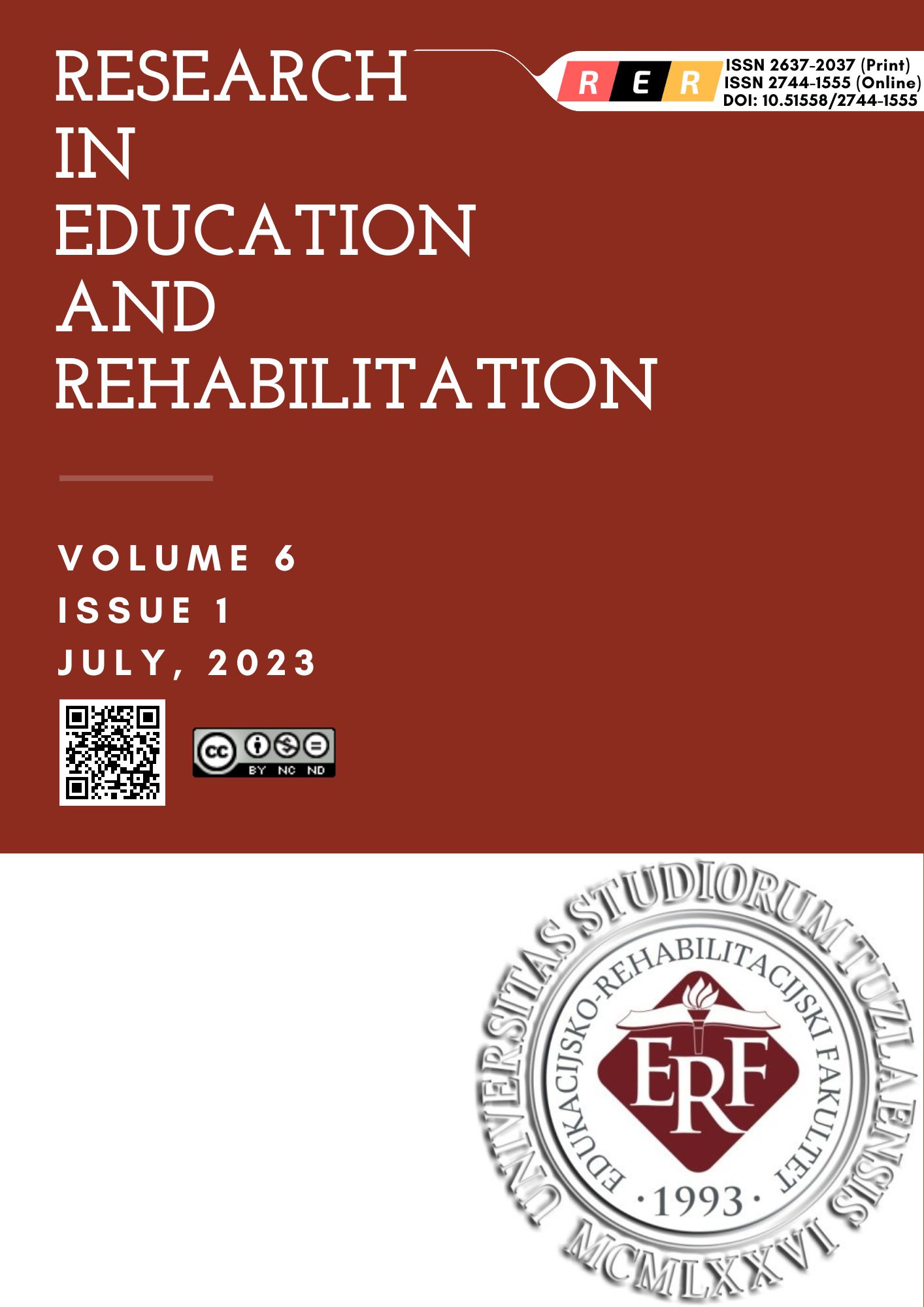STRUCTURAL CORRELATION BETWEEN MATHEMATICS AND ART IN THE CLASSROOM EDUCATION
STRUCTURAL CORRELATION BETWEEN MATHEMATICS AND ART IN THE CLASSROOM EDUCATION
Author(s): Emina BegovićSubject(s): Visual Arts, School education
Published by: Edukacijsko-rehabilitacijski fakultet Univerziteta u Tuzli
Keywords: structural correlation; art and mathematics; geometric abstraction;
Summary/Abstract: The correlation-integration system, that is, the methodological model, is based on the principle of interdisciplinarity of the sciences, so it establishes a system of intersubject connection, contrary to the traditional isolation of teaching subjects. This model of teaching gives the most answers to students because it enables them to see subjects, phenomena and processes, relationships and connections between them as a part of the overall reality, that is, to structure knowledge from different subject areas into a common whole. The aim of the paper is to point out the importance of the application of structural cross-curricular correlation of certain teaching contents, i.e. to determine whether students of lower years of elementary school can connect knowledge from the field of geometry in mathematics and geometric abstraction in fine arts, in accordance with the current curriculum. Students of the third and fourth years of elementary school in the Tuzla area, in the second semester of the school year 2020/21, participated in the research. The research was conducted with a questionnaire, and the questions were divided into three categories: general data, recognition and naming of mathematical and artistic elements in the analysis of abstract works of art, and reduction of a figurative work of art to basic geometric shapes. The results of the correlation analysis showed, among other things, that children who achieved better results at the end of the previous year, achieved better results at the end of the semester in both subjects (mathematics and fine arts), and were also more successful at observing artistic and mathematical concepts in completely abstract art works. Given that a large percentage of students (65.6%) achieved exceptional achievement, it can be concluded that teachers are engaged when it comes to connecting teaching content, because students can mostly recognize artistic, compositional and mathematical elements in the analysis of abstract works of art.
Journal: Research in Education and Rehabilitation
- Issue Year: 6/2023
- Issue No: 1
- Page Range: 35-45
- Page Count: 11
- Language: English

